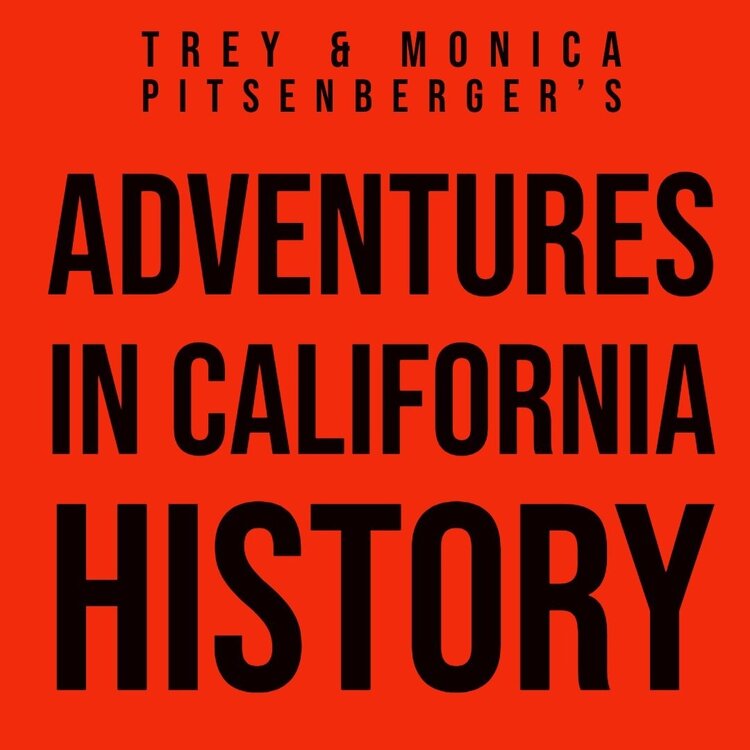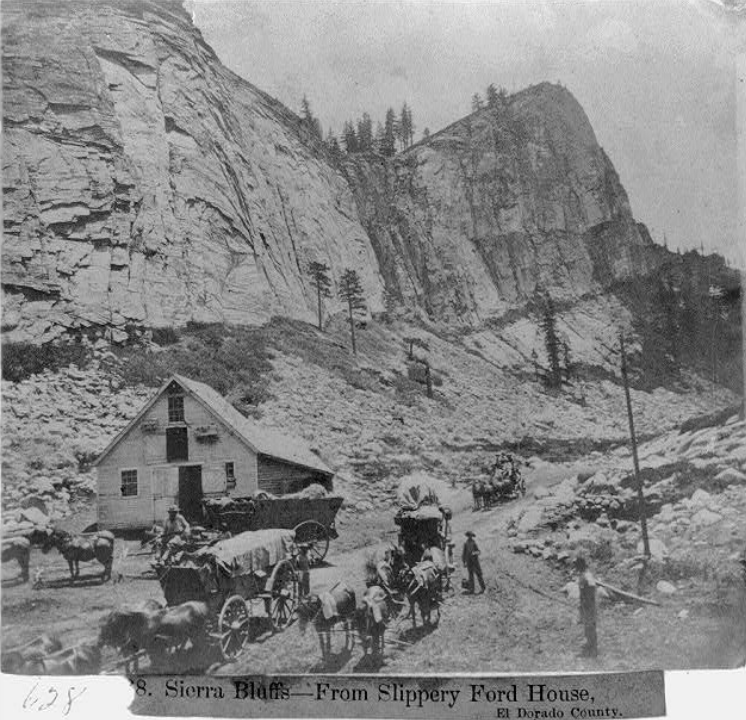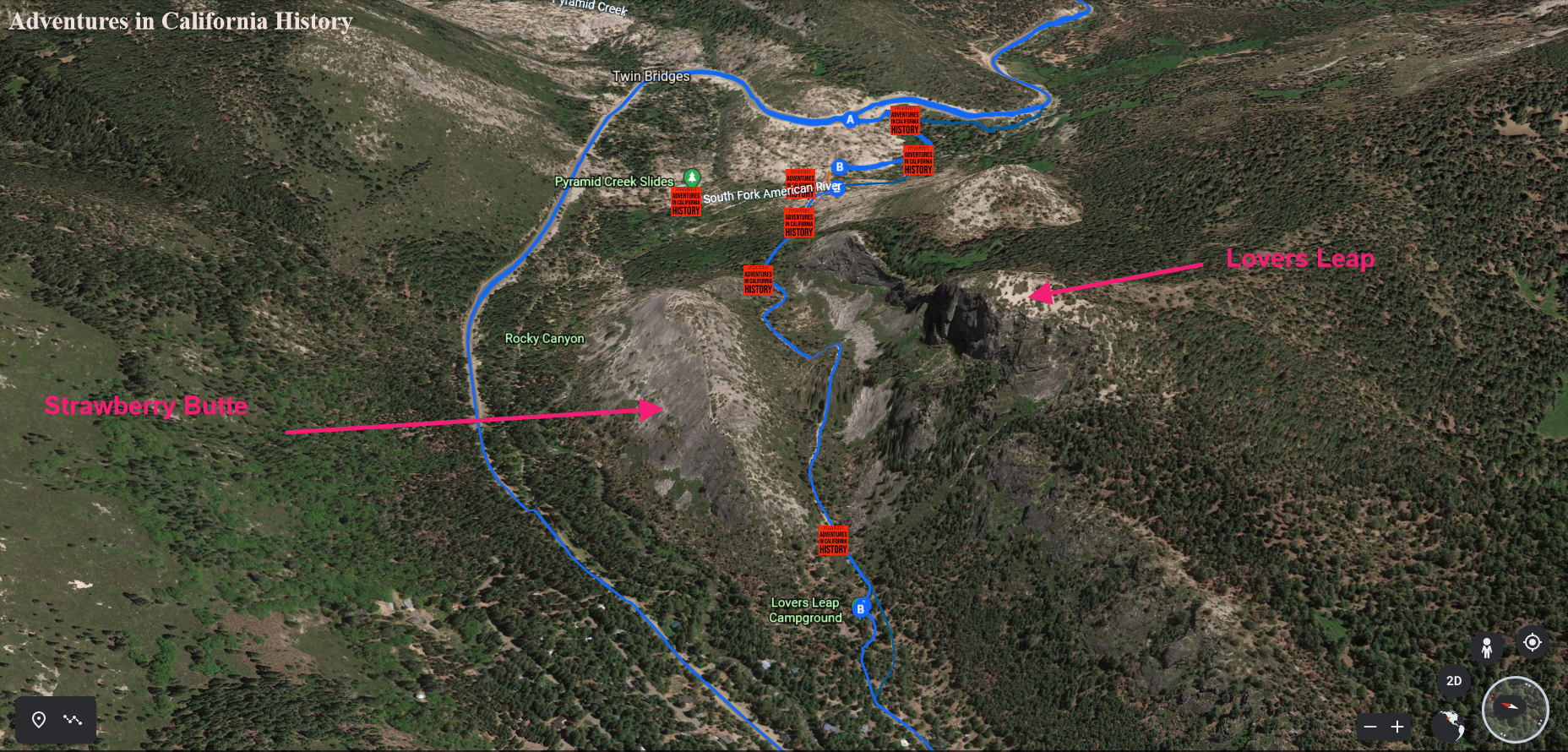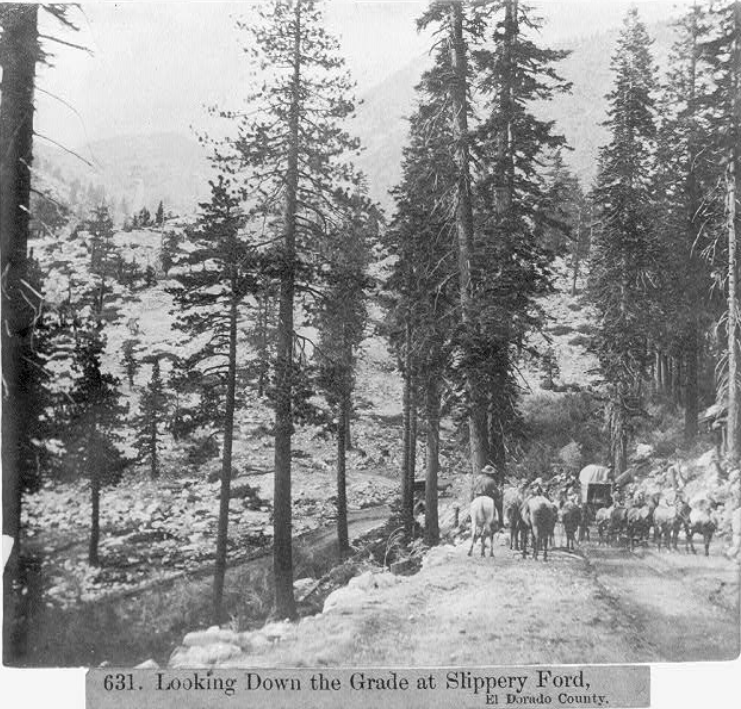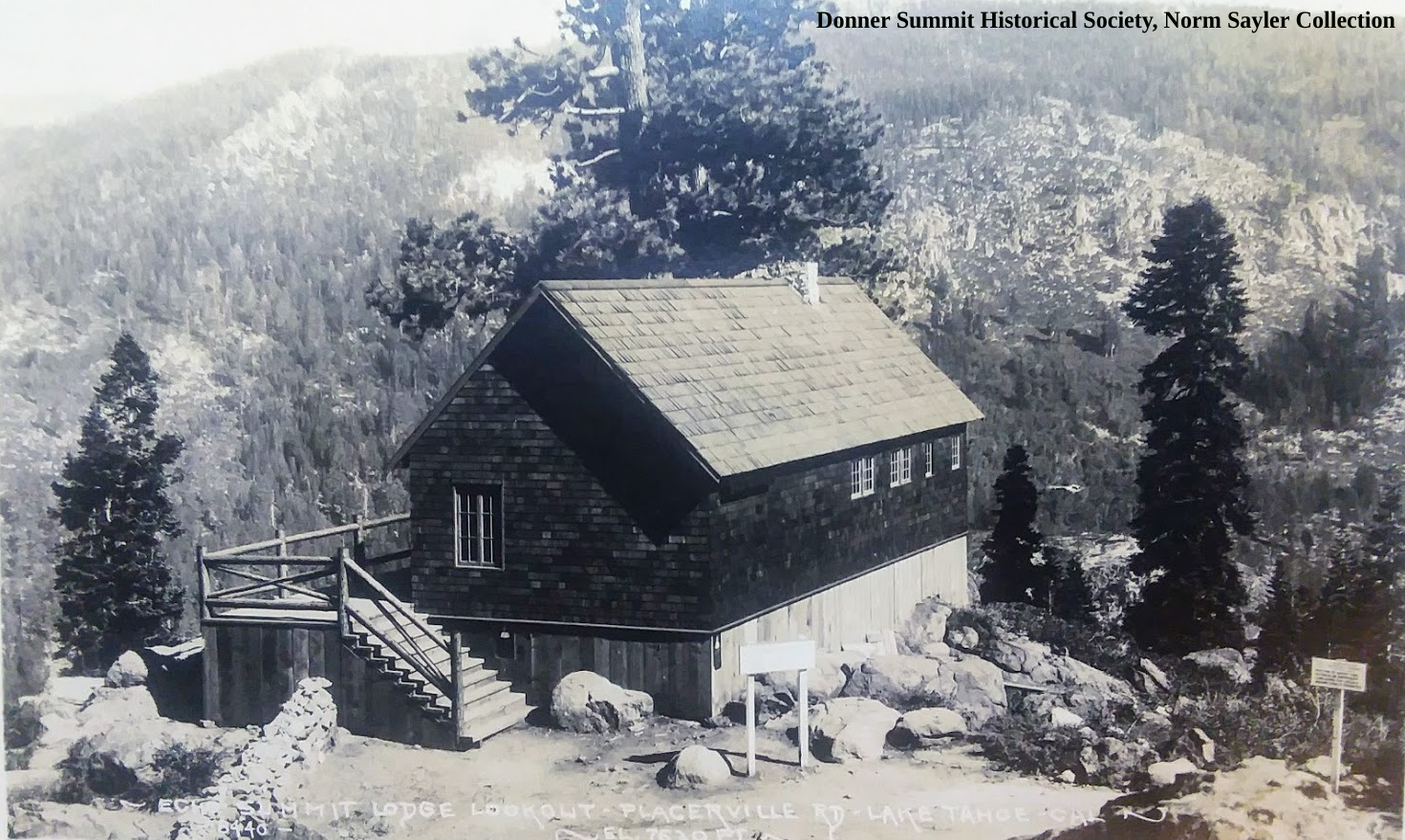We were looking down Railroad Street from the Freeman Hotel, Auburn. To the left, we see a Livery, Feed, and Auto Service, which was a logical choice for the livery as the new automobile made its appearance. The horse and buggy were doomed and best to transition while the transcontinental highway passed in front. Railroad Street in 1916 was the Lincoln Highway, bringing people and autos from the rest of the country as far as New York.
There is a bar just further down, which, according to the sign out front, sold beer for 5 cents, and beyond the bar is the Peerless Cleaners and Dyers. Better enjoy that beer, as prohibition will begin in just a couple of years, 1919. Not a lot of traffic on what appears to be a summer day, as the trees a fully leafed out. It looks like the water wagon may have passed by recently, keeping that nicely graded roadbed from becoming dust.
Interesting to note that people still used horses and wagons in 1916, as the first three vehicles we see are buggies. I do think we can see a couple of auto’s further down the road.
World War I is raging in Europe, and many of the hometown boys are off fighting. When the soldiers that survived return, everything will change as we transition from one era to another, the roaring 20’s!
